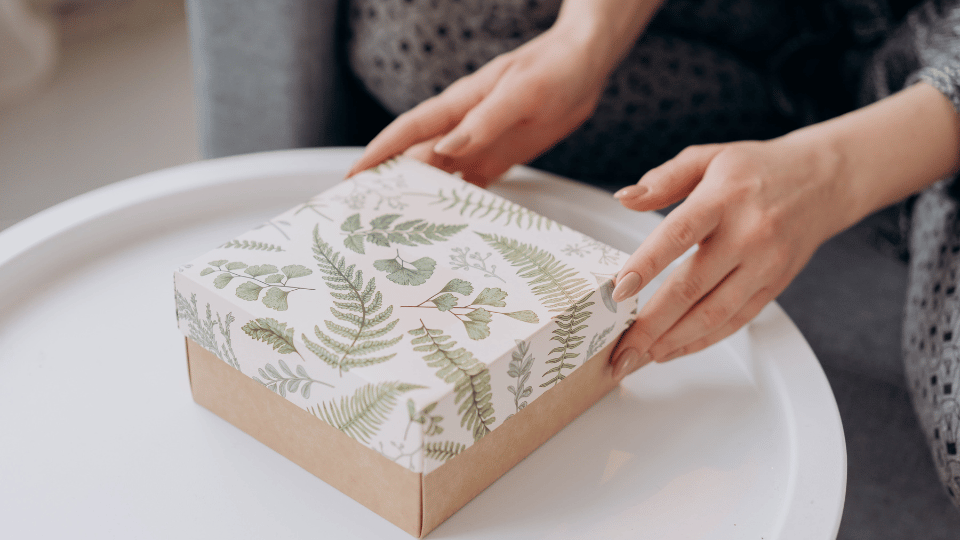Fashion illustration is a captivating art form that brings fashion designs to life through sketches and drawings. It is a crucial aspect of the fashion industry, as it allows designers to visualize their ideas and communicate them to clients, manufacturers, and other members of the fashion team. Whether you’re an aspiring fashion illustrator or simply interested in learning more about this fascinating field, this article will provide you with valuable insights, expert tips, and techniques to enhance your skills and take your fashion illustrations to the next level.
1. Master the Basics of Drawing
Before diving into fashion illustration, it’s essential to have a solid foundation in drawing. Familiarize yourself with basic drawing techniques such as line work, shading, and proportions. Practice sketching various objects, figures, and poses to improve your overall drawing skills. The more you practice, the more confident you’ll become in translating your ideas onto paper.
2. Study Fashion and Design
To become a successful fashion illustrator, it’s crucial to have a deep understanding of fashion and design. Stay updated with the latest fashion trends, study fashion history, and familiarize yourself with different styles and silhouettes. This knowledge will help you create accurate and visually appealing illustrations that align with current fashion aesthetics.
3. Develop Your Own Style
While it’s important to study and learn from other fashion illustrators, it’s equally crucial to develop your own unique style. Experiment with different techniques, mediums, and color palettes to find what resonates with you. Developing a distinct style will set you apart from other illustrators and make your work easily recognizable.
4. Learn Anatomy and Figure Drawing
Anatomy plays a significant role in fashion illustration, as it helps you accurately depict the human figure and showcase garments in a realistic manner. Study human anatomy, learn about body proportions and practice figure drawing. Understanding how the body moves and how garments drape on different body types will greatly enhance the quality of your fashion illustrations.
5. Utilize Different Mediums
Fashion illustration is not limited to just pencil and paper. Explore different mediums such as watercolors, markers, digital illustration software, or mixed media. Each medium has its own unique qualities and can bring a different aesthetic to your illustrations. Experimenting with various mediums will expand your creative possibilities and allow you to create diverse and visually striking illustrations.
6. Embrace Technology
In today’s digital age, technology has become an integral part of the fashion industry, including fashion illustration. Familiarize yourself with digital illustration software such as Adobe Illustrator or Procreate, which offer a wide range of tools and features specifically designed for digital artwork. Learning these software programs will not only enhance your skills but also open up new opportunities for collaborations and freelance work.
7. Seek Inspiration
Inspiration can come from various sources, including fashion magazines, runway shows, art exhibitions, and social media platforms like Instagram and Pinterest. Follow fashion illustrators and designers whose work you admire, and use their creations as a source of inspiration. However, it’s important to find a balance between seeking inspiration and maintaining your unique artistic voice.
8. Network and Collaborate
Building a strong network within the fashion industry is crucial for any aspiring fashion illustrator. Attend industry events, workshops, and exhibitions to meet fellow artists, designers, and professionals. Collaborate with fashion designers, stylists, and photographers to expand your portfolio and gain exposure. Networking and collaboration opportunities can lead to valuable connections and potential career opportunities.
9. Pursue Education and Professional Development
While formal education is not a prerequisite for becoming a fashion illustrator, pursuing a degree or taking relevant courses can provide you with valuable knowledge and skills. Institutions like New York University (NYU), Parsons School of Design (Parsons), and the Fashion Institute of Technology (FIT) offer excellent programs in fashion illustration and design. Additionally, online courses like those offered by Yellowbrick can provide flexibility and convenience for those unable to attend in-person classes.
10. Build a Strong Portfolio
A well-curated portfolio is essential for showcasing your skills and attracting potential clients or employers. Select your best and most diverse illustrations to create a visually appealing portfolio that reflects your unique style and versatility. Regularly update your portfolio with new and improved work to demonstrate growth and development as an artist.
Key Takeaways
- Fashion illustration is a crucial aspect of the fashion industry, allowing designers to visualize and communicate their ideas.
- Master the basics of drawing, study fashion, learn how to design, and develop your own unique style.
- Learn anatomy and figure drawing to accurately depict the human figure and showcase garments realistically.
- Explore different mediums and embrace technology, such as digital illustration software.
- Seek inspiration from various sources and network within the fashion industry.
- Pursue education and professional development through relevant courses and programs.
- Build a strong portfolio to showcase your skills and attract potential clients or employers.
To further enhance your skills and knowledge in fashion illustration, consider taking the FIDM Fashion Design online course and certificate program offered by Yellowbrick. This comprehensive program will provide you with the necessary tools and guidance to excel in the field of fashion illustration.



